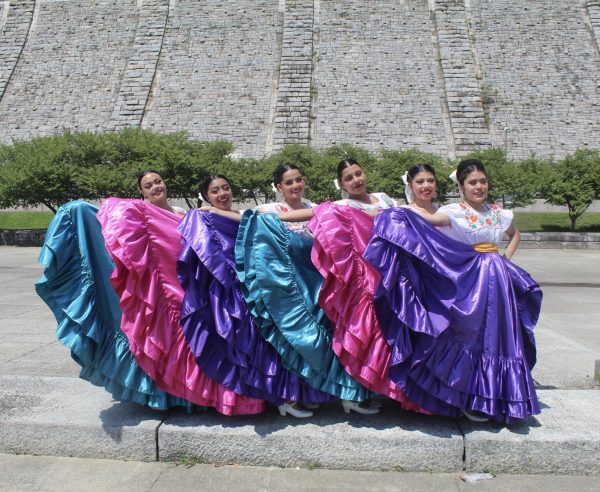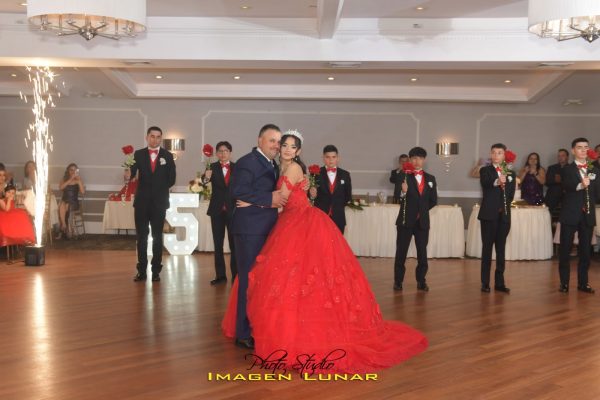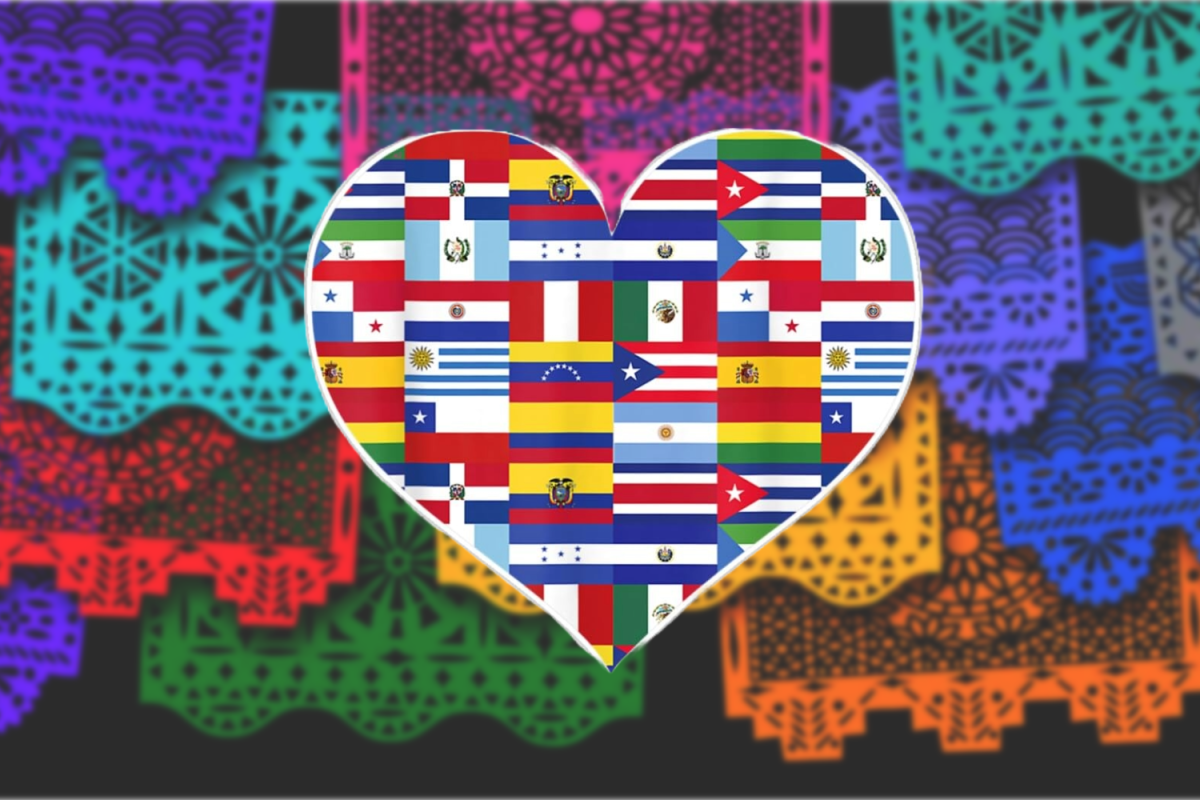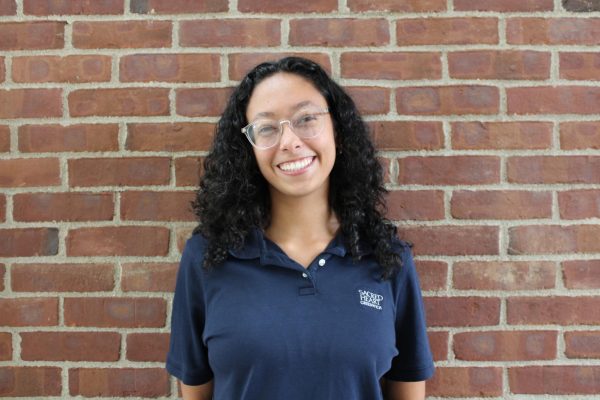The Sacred Heart Greenwich community celebrated Hispanic Heritage Month with music, dance, and presentations which featured different Hispanic artists, activists, and cultures, September 15 through October 15. This month honors the contributions the Hispanic community has made to the United States (US) throughout history. Many members of the Sacred Heart community celebrated their Latino and Hispanic culture by sharing their traditions, cultural practices, and customs with the school community.
Hispanic Heritage Month started as a week-long celebration in 1968 under President Lyndon B. Johnson and later became a month-long celebration under President Ronald Reagan in 1988. The Hispanic communities have played an influential role in US history for many years, according to latino.si.edu. While there are numerous Hispanic and Latino cultures around the world, many share similar holidays and celebrations. Sophomore Estela Sosa shared her favorite aspect of the Dominican culture.
“In the Dominican Republic, we celebrate Dominican Independence Day very seriously,” Estela said. “The celebration is called El Carnaval, and we love to dress up in traditional dress and outfits. The parade includes a lot of music and dancing through the streets.”
The Dominican Republic celebrates El Carnaval during the month of February. However, the largest celebration occurs on their independence day, February 27. The highlight of the parade is the character Los Diablos Cojuelo, which men portray by dressing in a cultural costume. Los Diablos Cojuelo represents cunningness and mischief with his distinctive limp, according to revista.edu.

Although certain customs vary, Hispanic and Latino cultures celebrate similar traditions. From sharing Mexican food with the Upper School community to performing a dance for everyone to enjoy, senior Daniela Flores discussed how she celebrates her Mexican culture.
“I do traditional Mexican folkloric dancing, and I started when I was young and then took a break for a while, but recently have started again,” Daniela said. “I also took part in the New York City Mexican Independence Day parade with my dance group, Grupo Kaukalli, and have really enjoyed getting back into dancing.”
In Mexican folkloric dance, individuals wear colorful dresses with big skirts. The dresses often include floral designs on the top and headpieces contain different flowers, while the skirts have ruffles of different shapes and sizes. The dance involves traditional stringed instruments and movement from the skirts. Mexican folkloric dance also includes heel stomping from both the male and female dancers, according to latimes.com.

To celebrate her Mexican heritage, Daniela learned Mexican dance in preparation for her Quinceañera. A Quinceañera is a religious and social event that is important for both the family and society. The celebration begins with a mass that includes the girl, her family, and her godparents. A reception then follows, which features dancing, food, and music. There are many traditions that symbolize the girl entering adulthood, such as the father putting heels on the girl’s feet, to represent how she is stepping into womanhood, according to briannica.com. Daniela reflected on her Quinceañera and its significance in her culture.
“The biggest party in a girl’s life would be her Quinceañera,” Daniela said. “My party was three years ago, and it was a big part of my life. A Quinceañera is the coming-of-age celebration for many Mexican girls.”
Featured Image by Gianna Rodrigues ’27




